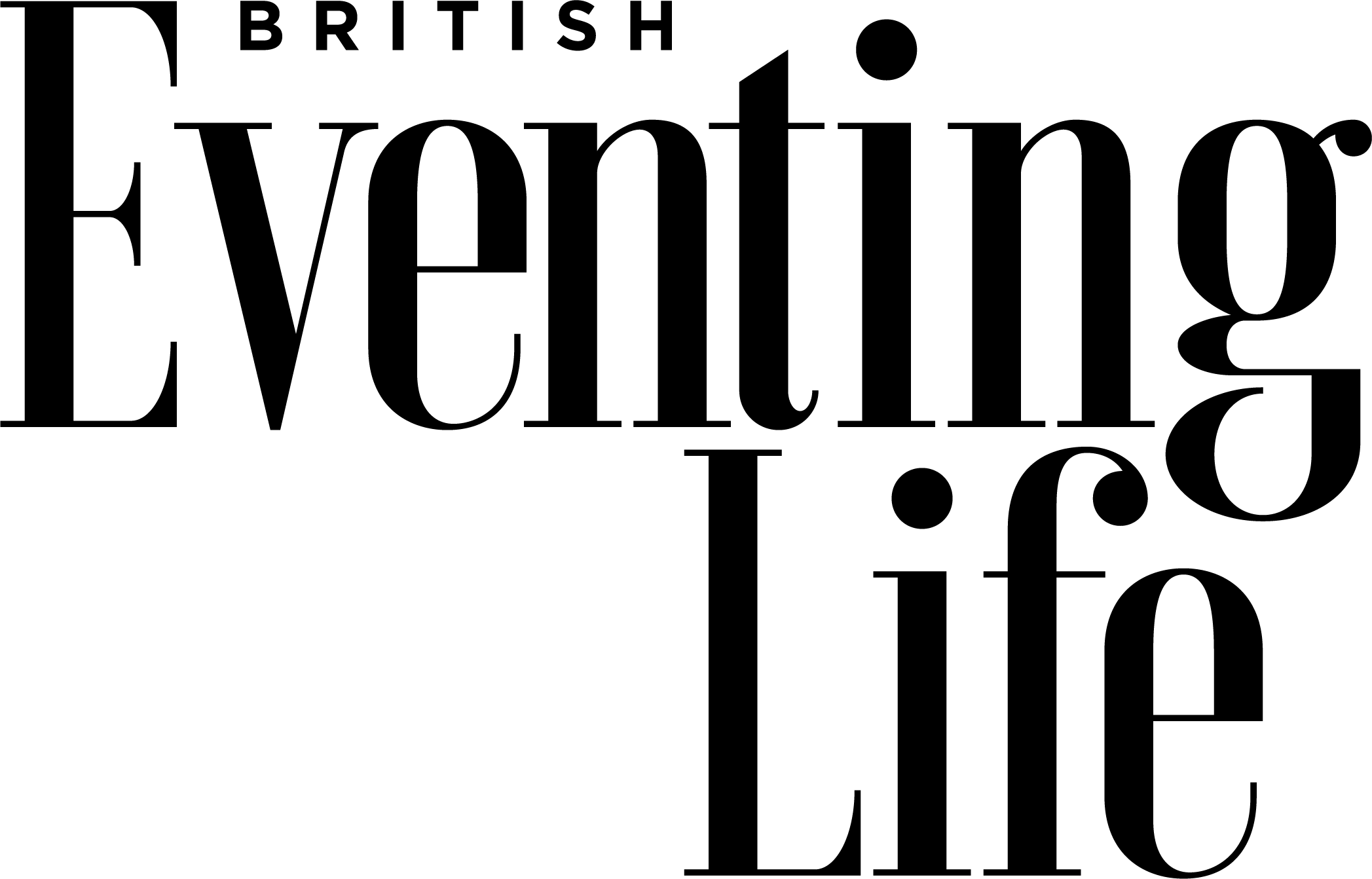
Pilates for event riders – part 1
Pilates devotee Liza Randall looks at why core stability, stretching and conditioning exercises are so essential for riders.
The spine is the longest ‘string’ of bones in the body, meaning backs and necks are vulnerable to injury, particularly in riders. And not just by falling, but just as easily by incorrect posture, poor body awareness habits or incorrect muscle patterning.
The spine is the longest ‘string’ of bones in the body, meaning backs and necks are vulnerable to injury, particularly in riders. And not just by falling, but just as easily by incorrect posture, poor body awareness habits or incorrect muscle patterning.
Pilates is a simple concept which centres on core stability. And for riders it should make sense, as the same principle applies to the horse. To give a horse lift and strength – so that it can engage its hocks and shoulders correctly – its powerhouse (or abdominal muscles) must be engaged.
The benefits of pilates
- Physical benefits – increased tone; a longer, leaner body; more flexibility and a better sense of awareness in the saddle.
- Pilates relaxes the body and mind, and encourages the rider to breathe for maximum efficiency. This breathing technique can be applied before, during or after a competition and it allows a rider to see the whole picture rather than just pieces of the eventing jigsaw.
- A more natural, efficient posture as muscles are realigned. Because pilates is a full-body workout, time is given to exercises in extension, so those improvements are transferred over when sitting in the saddle, with shoulders naturally realigned to draw down the back, abdominals lifted and tailbone under.
- Pilates concentrates on using the smaller, inner stabilising muscles of the body rather than the major moving muscles, which often get overused. Riders can develop more ‘feel’ as they are able to isolate, target and use these various muscles more discreetly and on command.
- Balance is improved. Staying in harmony, focusing over a difficult fence and being able to centre yourself could mean the difference between staying on or parting company!
Pilates tricks to try
- When in the saddle, try gently rolling your tailbone under you, which will help engage your pelvic floor muscles and in turn will help you become more effective with your seat.
- Try breathing wide and deep into the sides of your ribcage when doing a walk on a free rein. By relaxing into the walk, and feeling your shoulder blades slide down your back, you should feel any tension melt away and your horse should respond by stretching down further.
- Before your show jumping and cross country, take five minutes in a quiet place to ‘centre’ yourself and run through the course in your head, memorising the jump numbers, colours, turns and striding, seeing yourself in your mind’s eye clearing everything with ease. Allow yourself to take wide, deep breaths, filling your lungs with energising oxygen.
